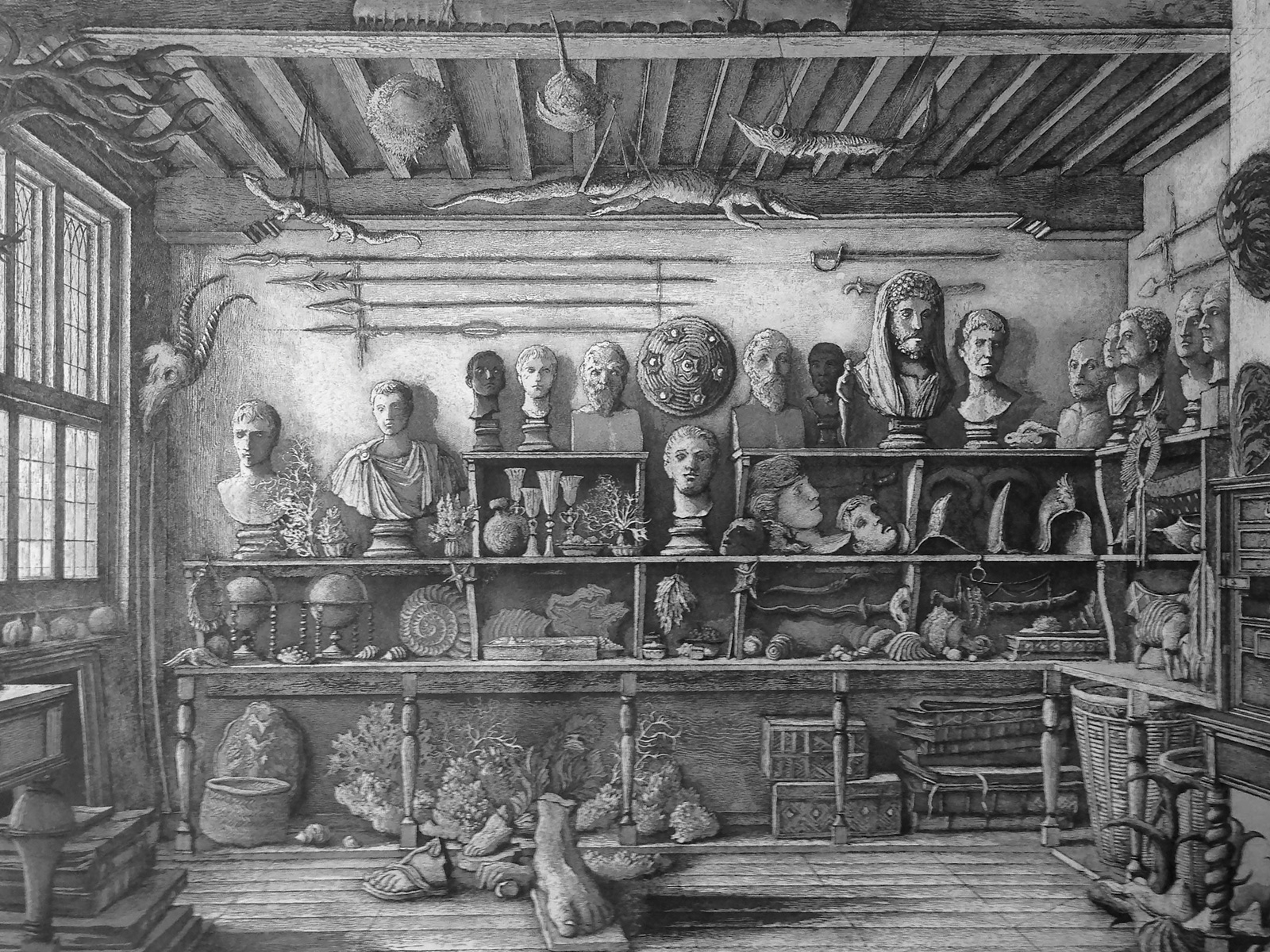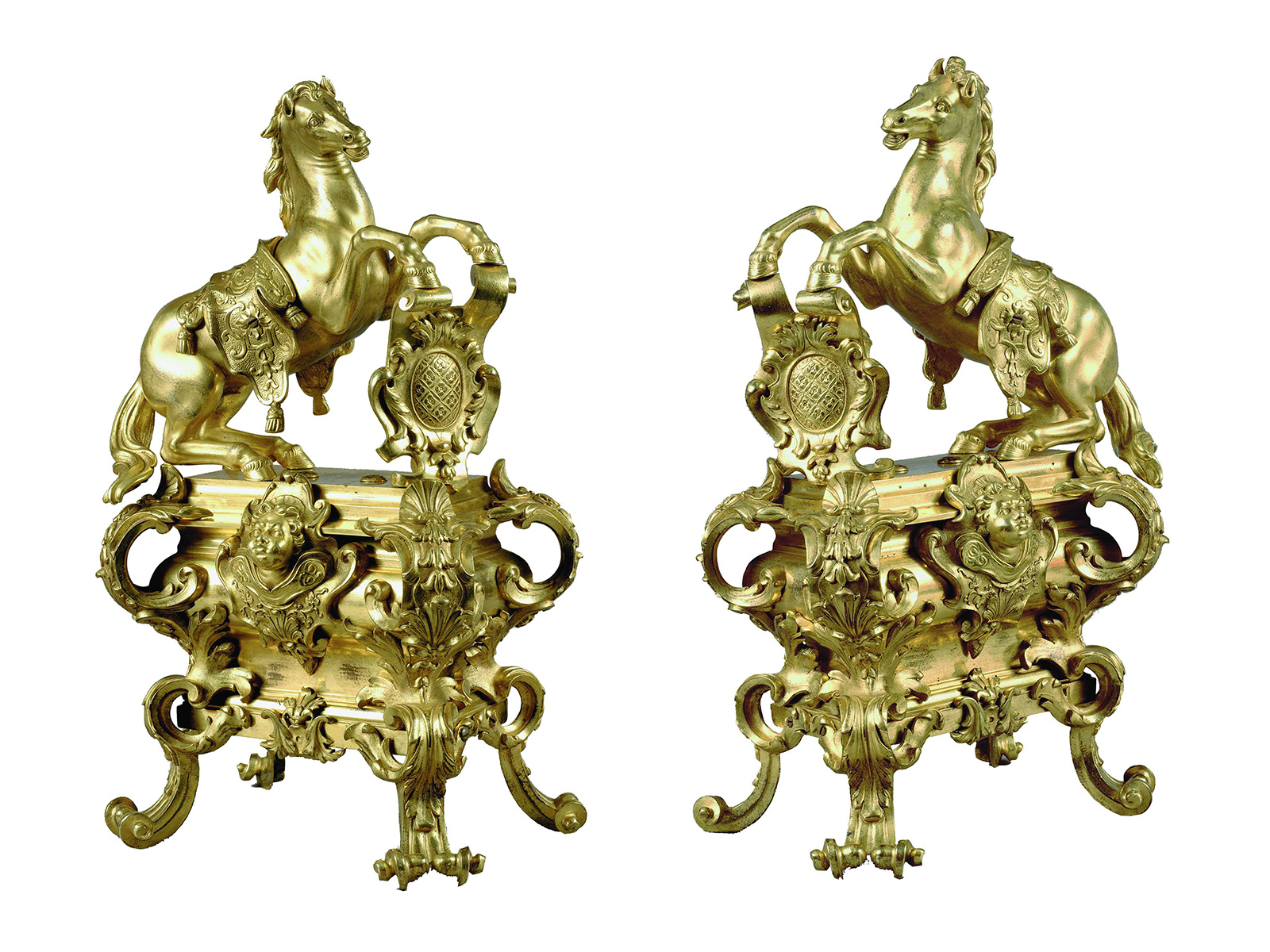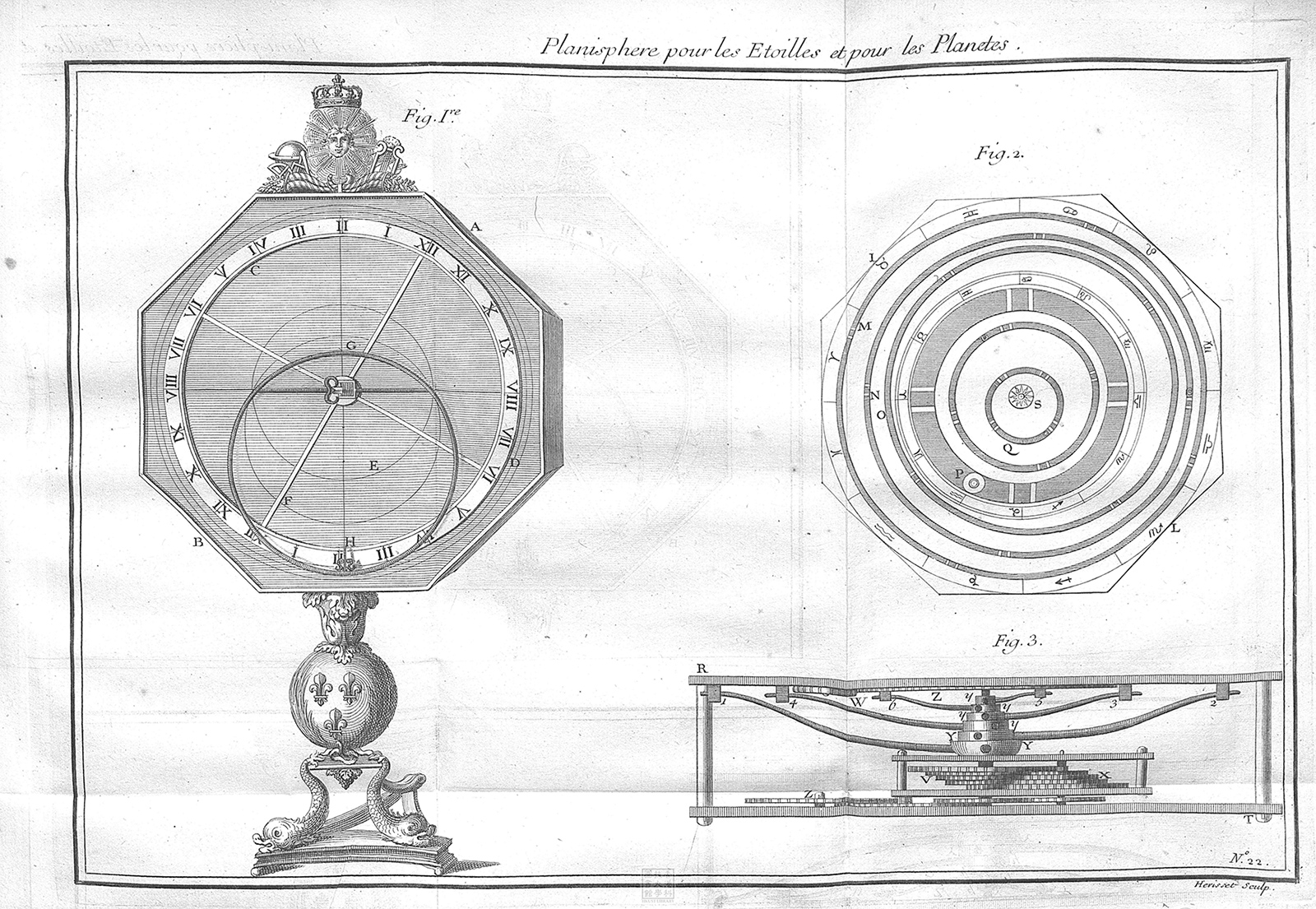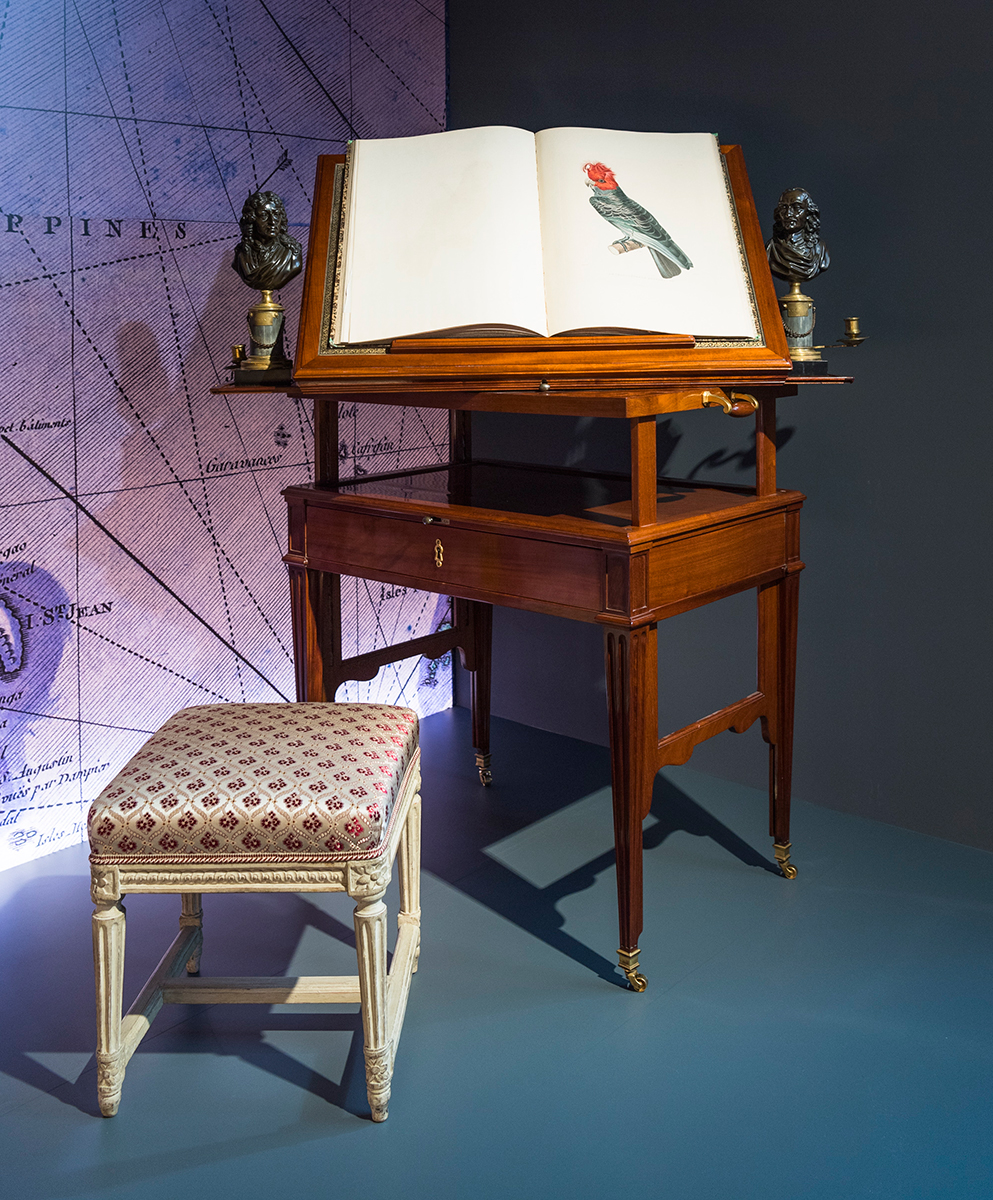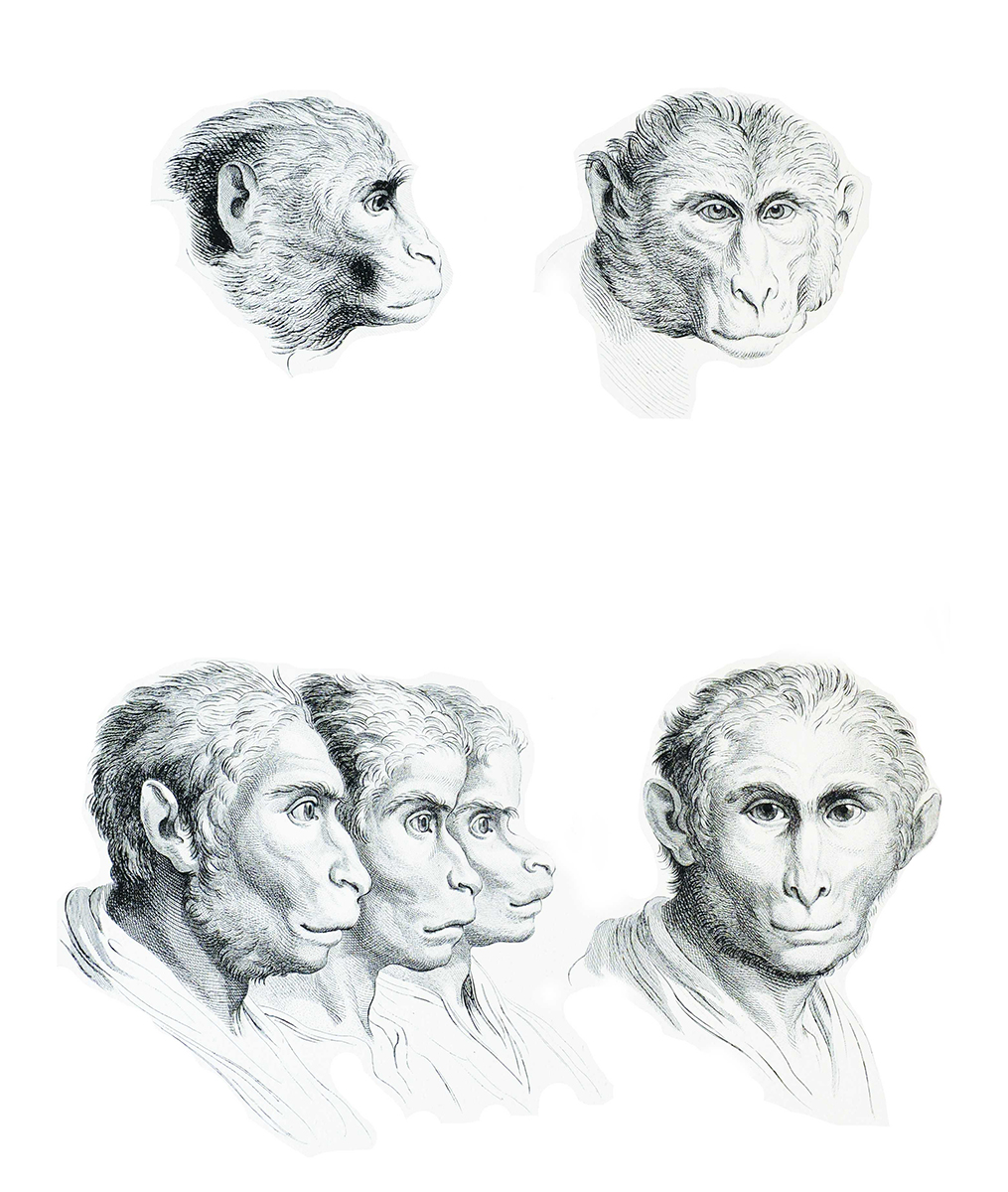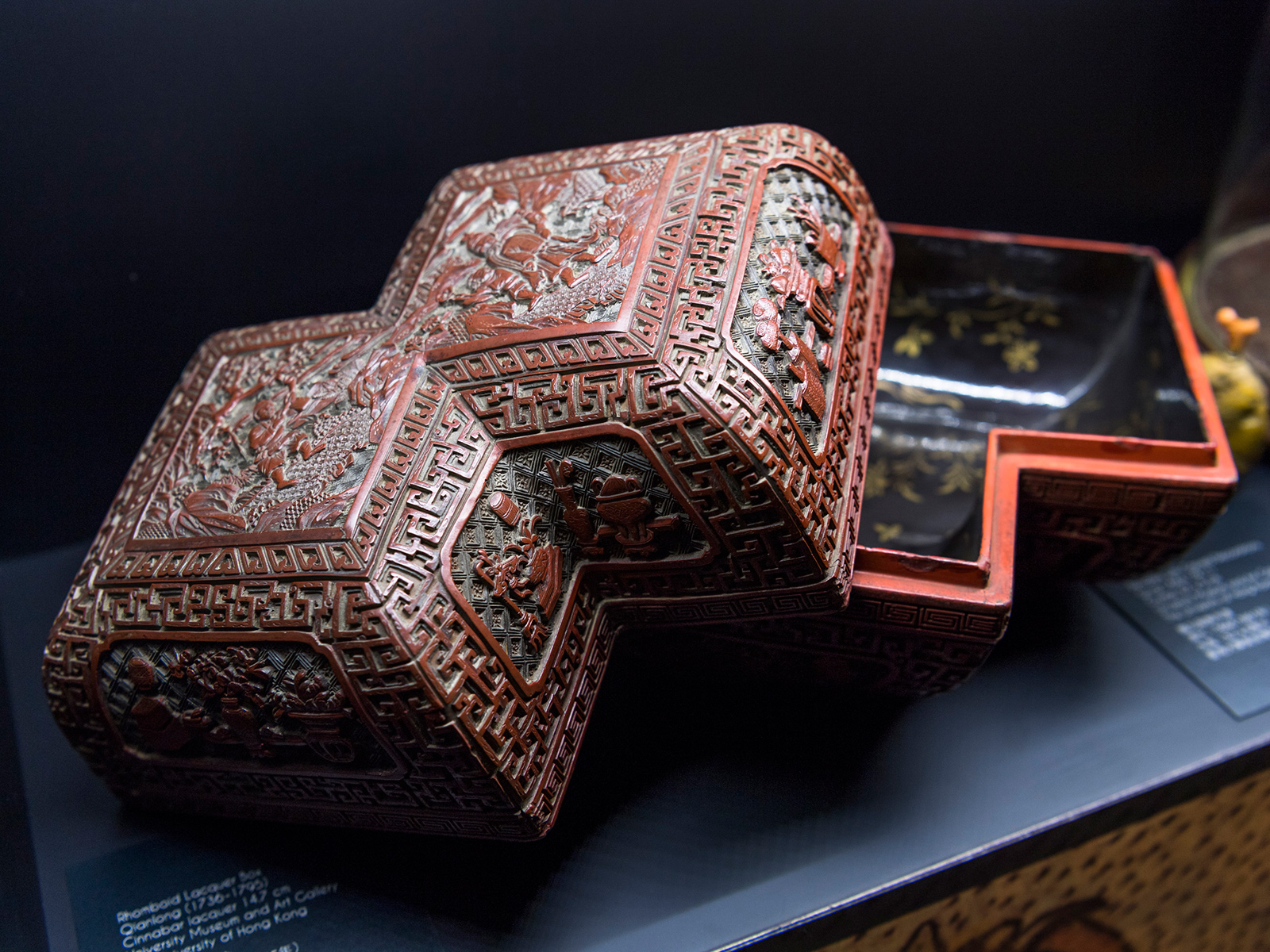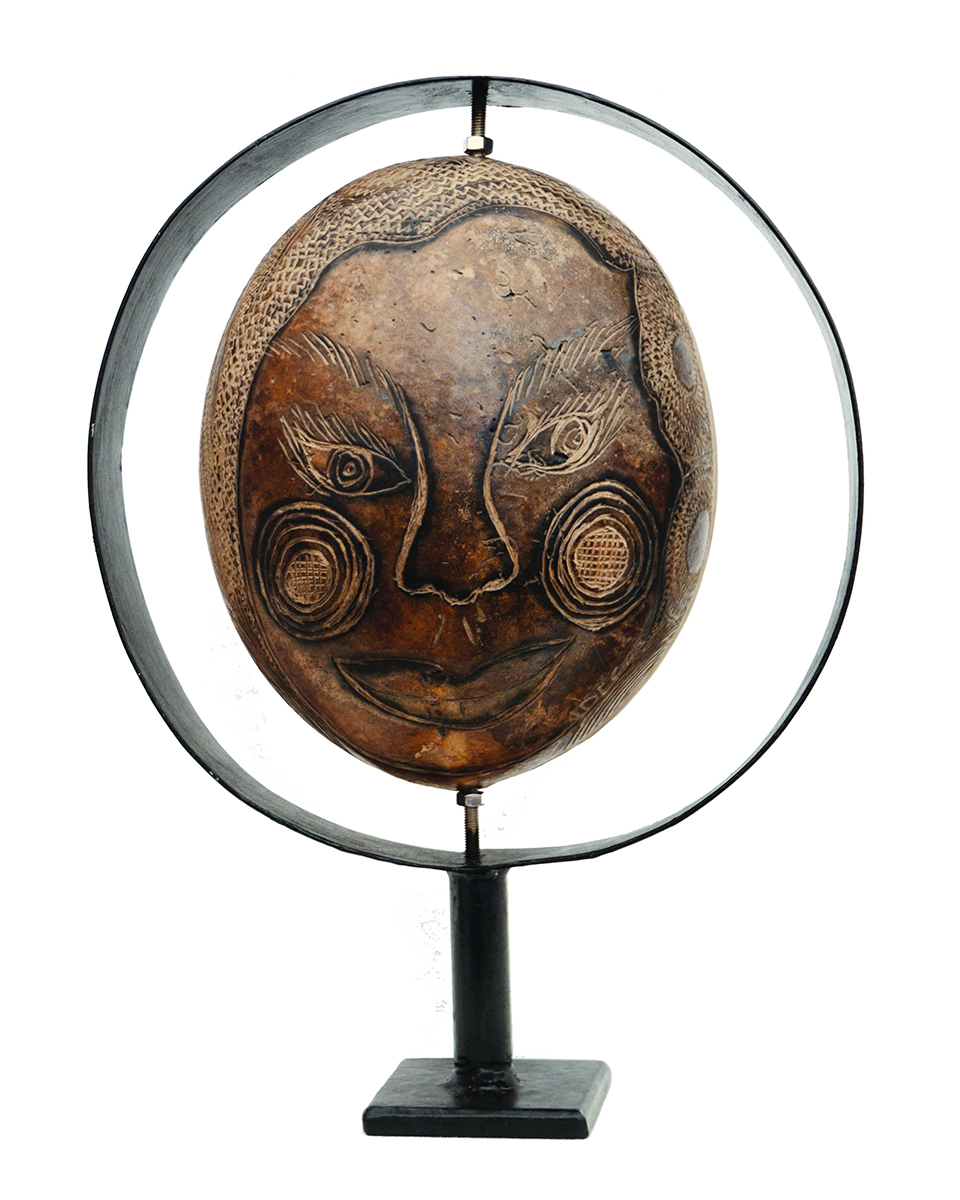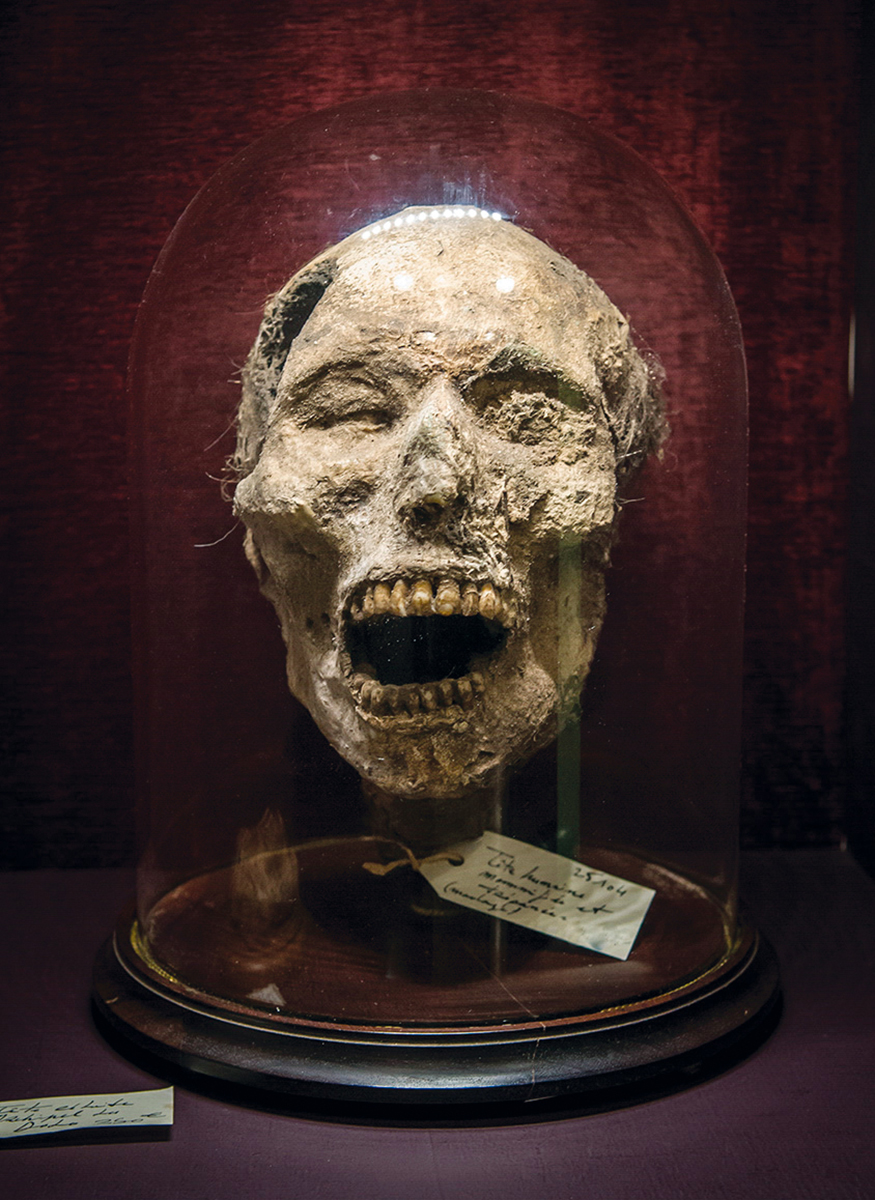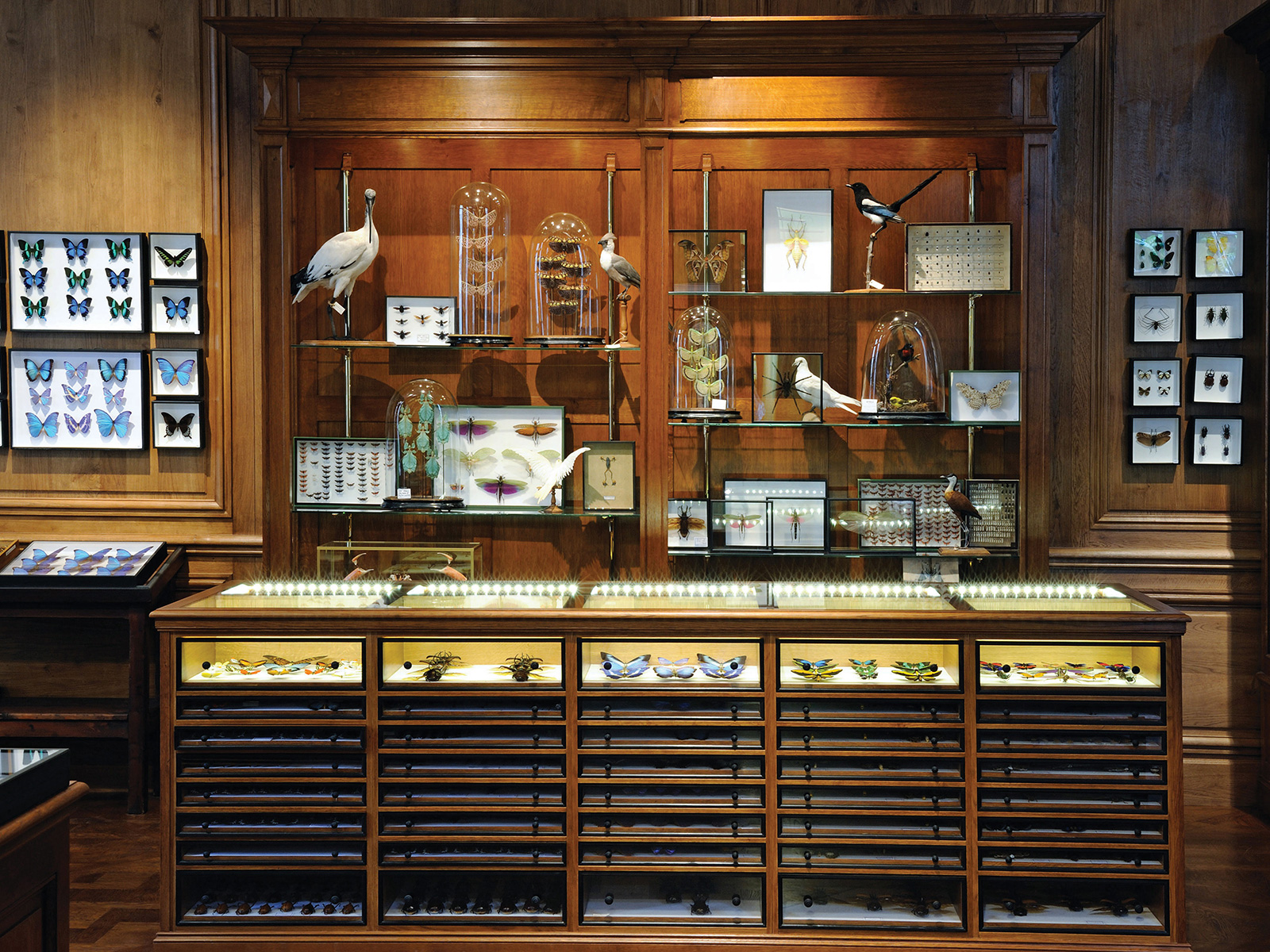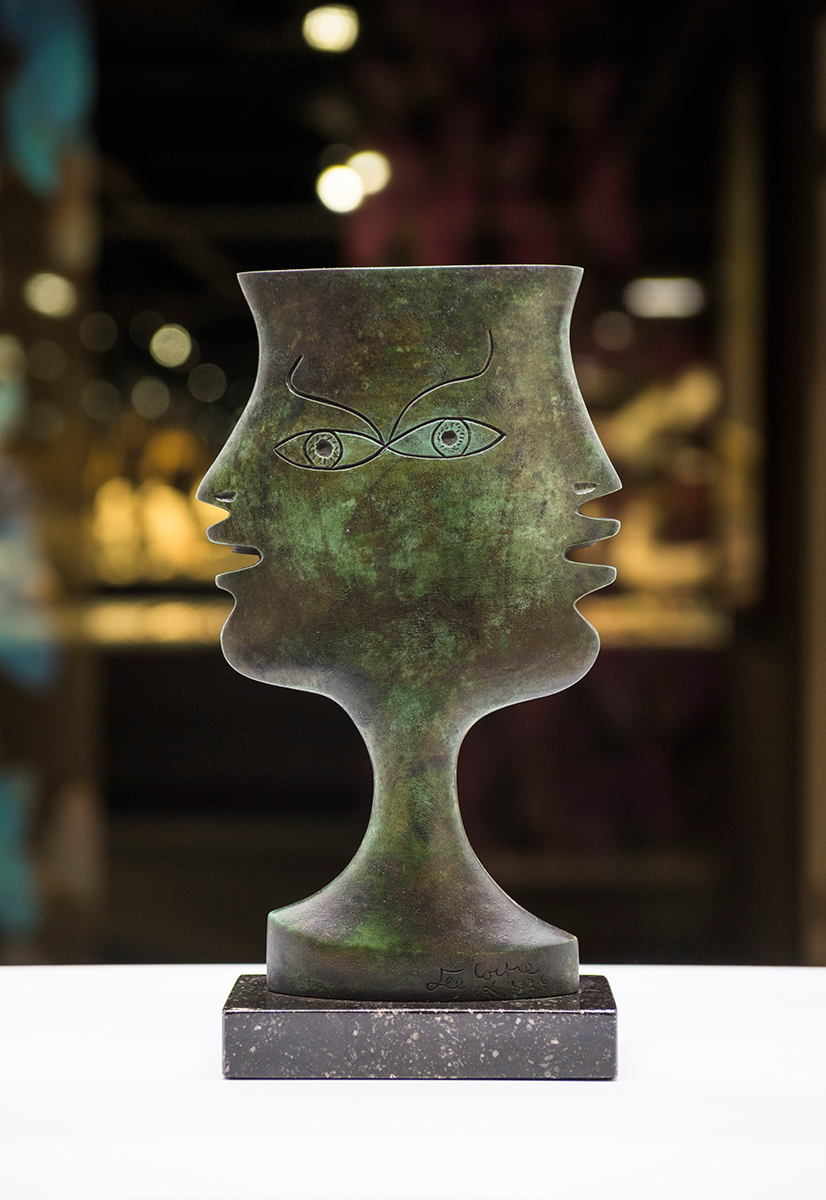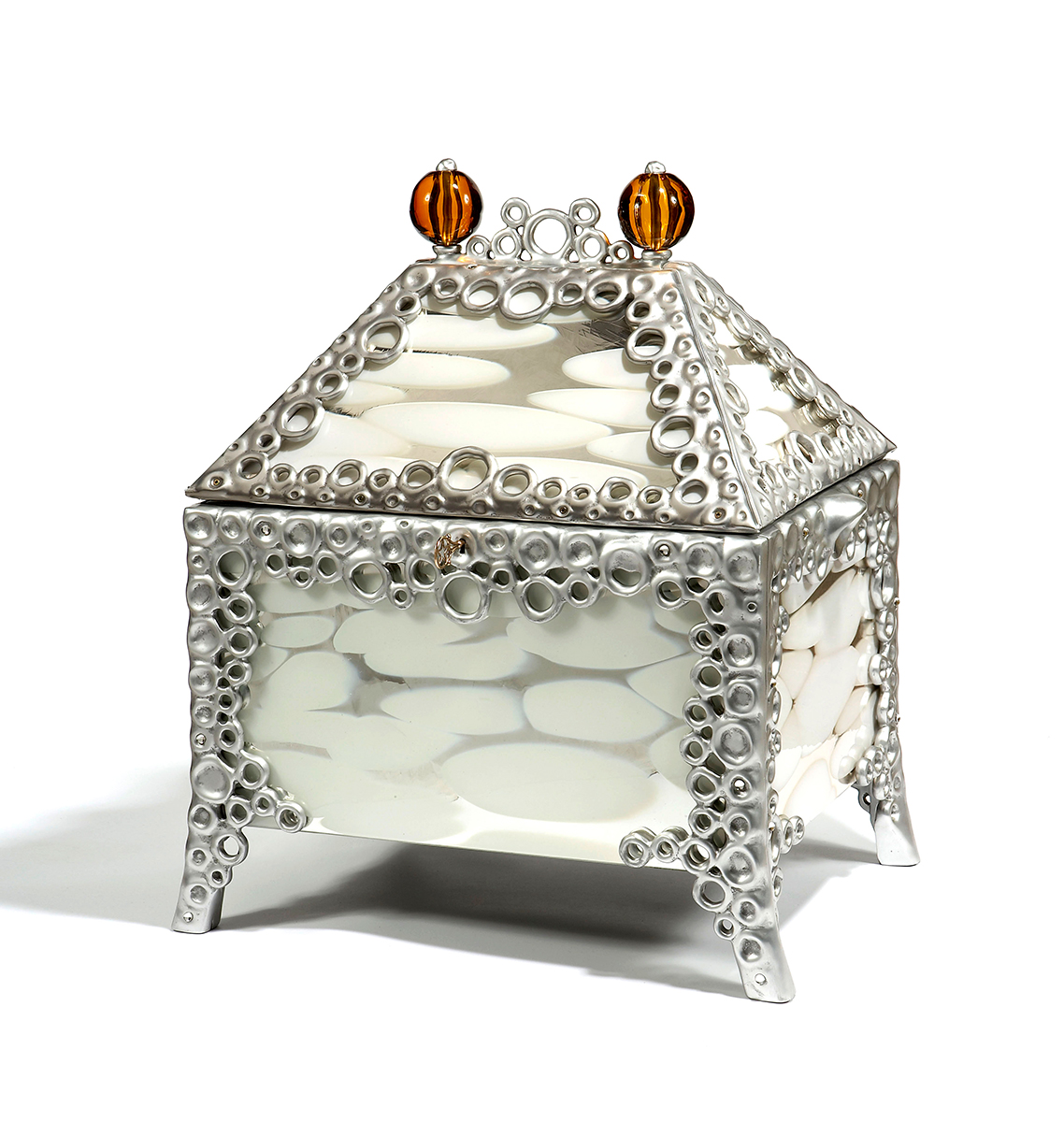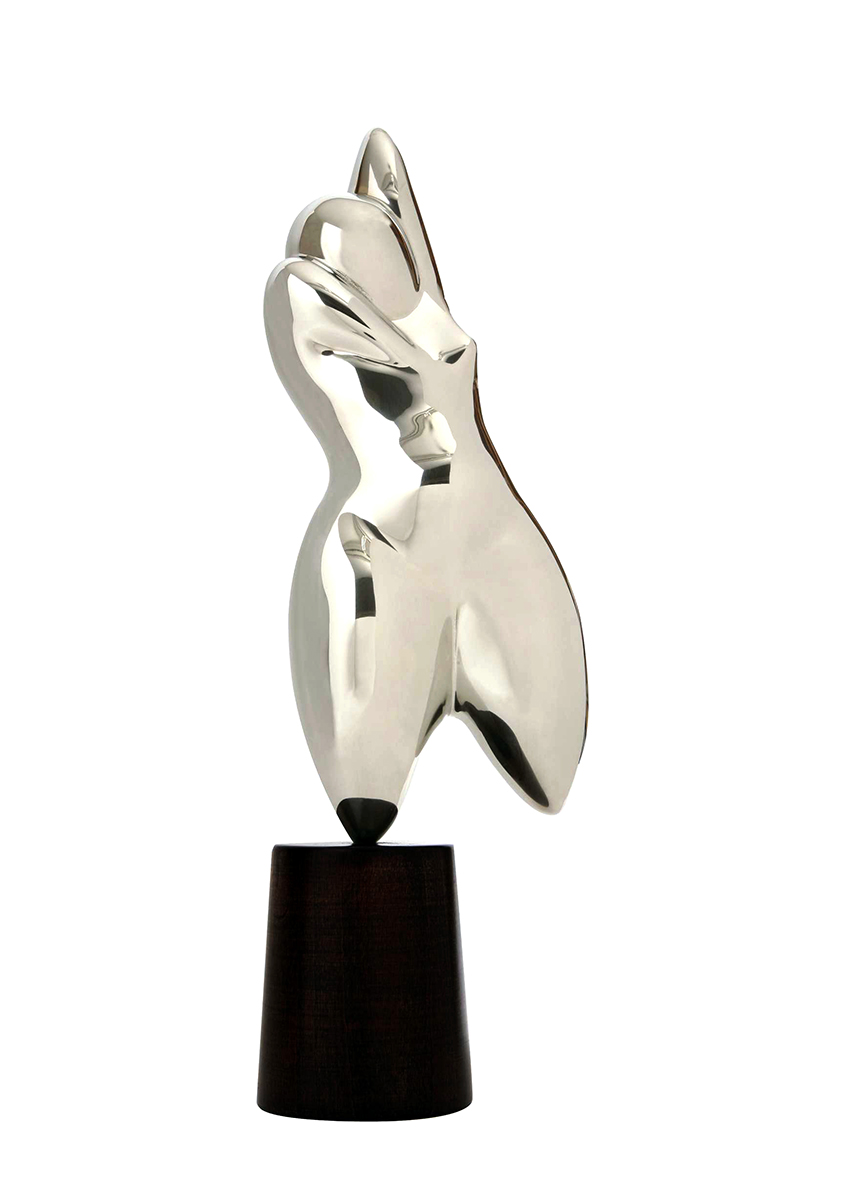
EXHIBITION
展 覽
展 覽
- About the Exhibition
關於展覽 - Cabinets of Curiosities Sections
「藏珍閣」章節
- Section I:
Cabinets of Curiosities – A Brief History
「藏珍閣」─ 簡史 - Section II:
Maritime Expeditions and the Collecting of Exotica
航海探險與奇異珍藏 - Section III:
The Musée du Vivant – AgroParisTech: From Amateur Collections to
Discoveries in the Natural
巴黎高科農業學院生命科學博物館:從業餘珍藏到自然科學探索 - Section IV:
The Maison Deyrolle Cabinet of Curiosities: Nature Art Education
戴羅勒標本屋的「藏珍閣」:自然、藝術、教育 - Section V:
Cabinets of Curiosities and Contemporary art
藏珍閣與當代藝術 
- Curators
共同策展人 - Credits
鳴謝

